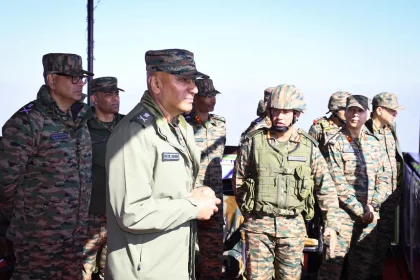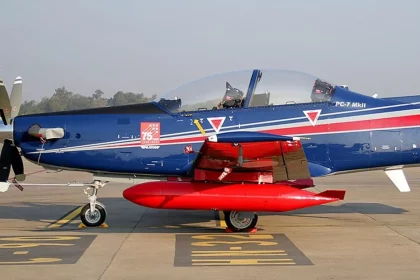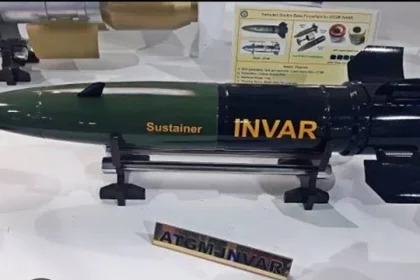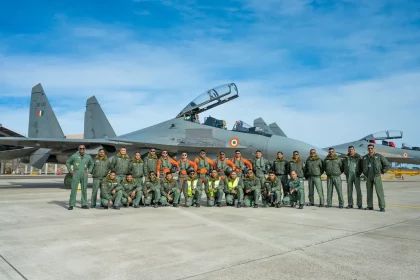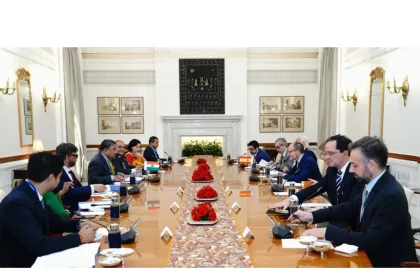Lt Gen Pratik Sharma Reviews Operational Preparedness in Nowshera and Bimber Gali Sectors
Army Commander Reviews LoC Readiness, Lauds Troops’ High Morale and Vigilance.
IAF Pilatus PC-7 MK-II Trainer Aircraft Crashes Near Chennai, Pilot Ejects Safely
Pilot Escapes with Minor Injuries; Court of Inquiry Ordered into Training Mishap.
MoD Signs ₹2,095 Crore Contract With BDL for INVAR Anti-Tank Missiles
Contract to Equip T-90 Tanks With Laser-Guided Missiles, Boosting Armoured Firepower.
Suryakirans Arrive for Dubai Air Show 2025
IAF’s Elite Formation Team to Showcase Precision Flying at One of the World’s Biggest Aviation Events.
IAF Contingent Arrives in France for Exercise Garuda-25 to Strengthen Air Power Synergy
Bilateral air combat drill aims to enhance interoperability between Su-30MKIs and French Rafales.
India and Spain Strengthen Ties, Review Bilateral Cooperation at 8th Foreign Office Consultations
Both nations review progress in defence, technology, tourism, and strategic cooperation during high-level talks in New Delhi.

